Brits are eating 50 per cent more takeaway than before Covid amid the rise of food delivery apps such as Deliveroo and Just Eat.
A “dramatic shift” has seen fast food establishments overtake pubs and restaurants as our main source of meals prepared outside the home.
Anti-obesity campaigners warned that findings from the Institute for Fiscal Studies showed takeaways were now “taking over our high street”, and litter was “inevitable”.
The findings reflect a trend seen on Britain’s high streets in recent years, where the disappearance of pubs coincides with the rise of cheap fast food outlets offering pizzas, kebabs and burgers.
In Tamworth, Staffordshire, the Tweeddale Arms pub and B&B was once famous for its real ales and home-cooked food.
Your browser does not support iframes.
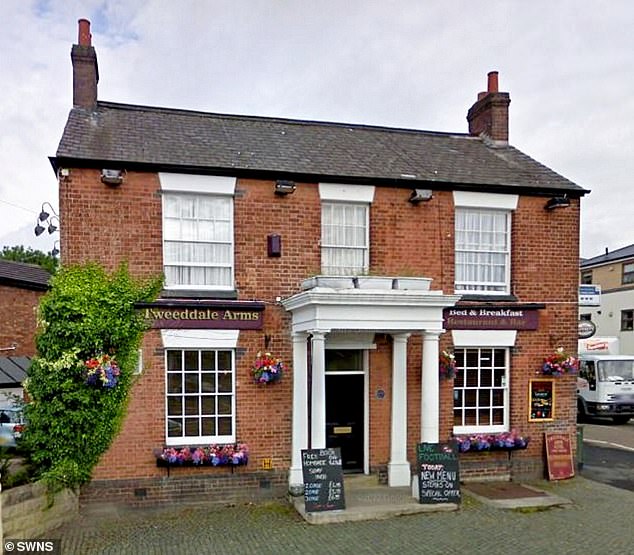
In Tamworth, Staffordshire, the Tweeddale Arms pub and B&B was once famous for its real ales and home-cooked food.
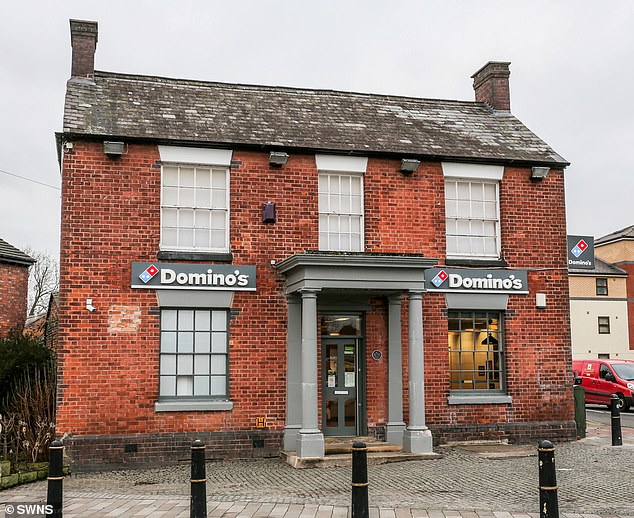

The pub closed due to falling traffic and changing drinking habits and is now a Domino’s pizza takeaway.
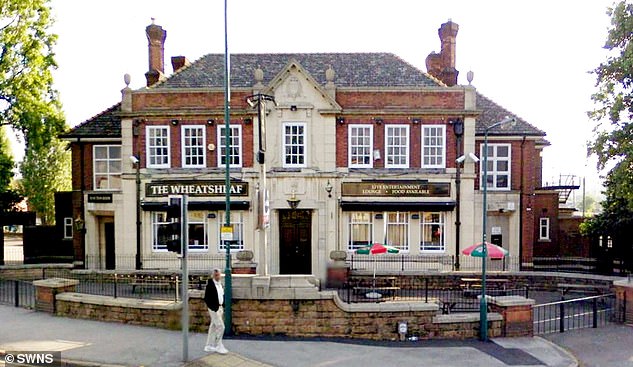

The Wheatsheaf pub in Nottingham (pictured) has also been converted into a McDonald’s. Almost 30 pubs close each week due to high energy costs and customers having less cash on hand. However, data suggests that the prevalence of fast food establishments continues to increase
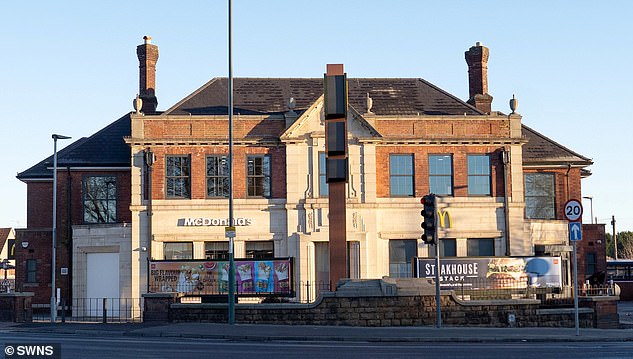

A “dramatic shift” has seen fast food establishments overtake pubs and restaurants as our main source of meals prepared outside the home. Pictured is the converted Wheatsheaf pub in Nottingham.
The pub closed due to falling traffic and changing drinking habits and is now a Domino’s takeaway pizza restaurant.
The Wheatsheaf pub in Nottingham has also been converted into a McDonald’s.
Almost 30 pubs close each week due to high energy costs and customers having less cash on hand. However, data suggests that the prevalence of fast food establishments continues to increase.
Elsewhere in the country, high street retailers have been replaced by dessert bars and gourmet takeaway donut shops.
Analysis by the Institute for Fiscal Studies estimated that the average UK adult consumed around 270 calories a week from takeaways before the pandemic.
This rose to 395 calories a week during the first lockdown of 2020, when restaurants, pubs and cafes were forced to close in an effort to slow the spread of Covid.
During England’s third national lockdown in 2021, calorie consumption from takeaways soared further to an average of 470 per week as more restaurants and pubs switched to accepting takeaway orders.
However, despite the easing of restrictions, these levels remained at around 400 calories per week in early 2022, 48 percent above pre-pandemic levels.
But the researchers also noted that the data only covers the period through the first quarter of 2022, before the cost of living crisis, meaning takeout habits may not have survived the steeper rise in prices. food prices since the 1970s.
The report’s author, Andrew McKendrick, research economist at the IFS, said: “Hospitality lockdowns and closures left a greater role for at-home food consumption and takeaways.”
“But by early 2022, most of these changes had been reversed: households were largely back to buying as much as they did in 2019.
“However, the pandemic left a legacy: the increasing use of takeout.”
Meanwhile, Katharine Jenner, director of the Obesity Health Alliance, said: “This research confirms what is already clear: hot food on the go is taking over our high streets.”
‘The pandemic accelerated this and there is now so much availability of unhealthy foods that it is almost inevitable.
‘We know that, on average, portion sizes in these places are much larger than what you would prepare at home, with more sugar, salt and fat. Consumers can’t even make informed decisions about what they buy.
“Council councils must improve the health of high streets by using the planning tools they have at their disposal, and national government must step up and empower them to do this.”
The latest NHS data shows that more than a quarter (26 per cent) of adults in England are obese and another 38 per cent are overweight but not obese.
Obesity rates have been rising for decades, and experts blame sedentary lifestyles and unhealthy diets.
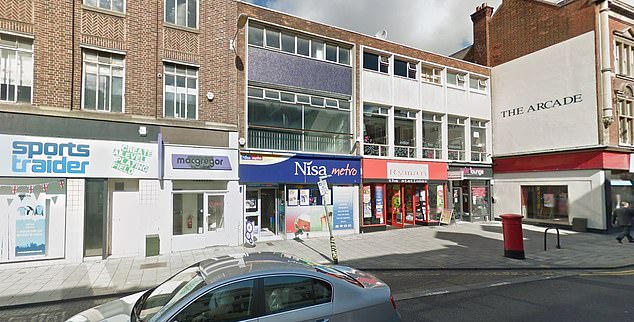

Elsewhere in the country, high street retailers have been replaced by dessert bars and gourmet takeaway donut shops. Pictured, Bedford High Street 10 years ago.
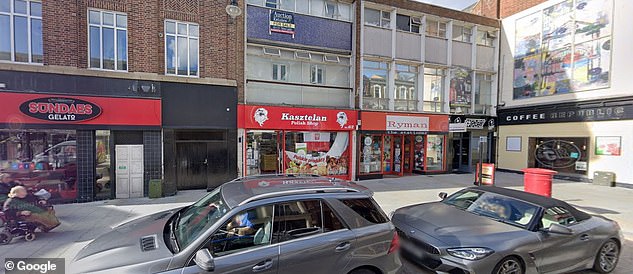

Analysis by the Institute for Fiscal Studies estimated that the average UK adult consumed around 270 calories a week from takeaways before the pandemic. This rose to 395 calories a week during the first lockdown of 2020, when restaurants, pubs and cafes were forced to close in an effort to slow the spread of Covid. Pictured, Bedford High Street in 2021 with dessert bars and takeaway coffee chains.
Your browser does not support iframes.
They are also increasing among children: a quarter of foster children are currently considered overweight and one in ten are obese.
According to the analysis, the NHS now spends approximately £19 billion on treating weight-related health problems.
Being at an unhealthy weight increases your risk of serious and life-threatening conditions, such as type 2 diabetes, heart disease, some cancers, and stroke.
The problem was thought to have cost Britain around £60 billion.
However, an analysis published in December by the Tony Blair Institute (TBI) think tank found that Britain’s obesity crisis is now costing the country almost £100 billion a year.
When looking at specific health problems related to being overweight, high blood pressure was the biggest cost: £171 and £178 per man and woman each year respectively.
Similarly high figures were recorded in the case of type 2 diabetes and depression, both related to obesity.

